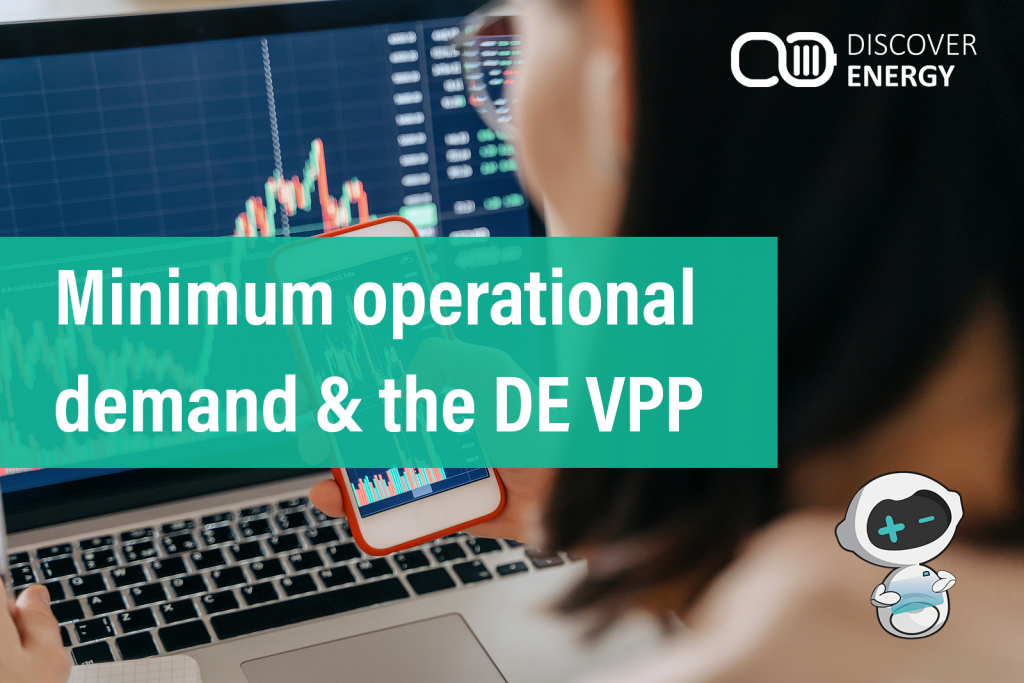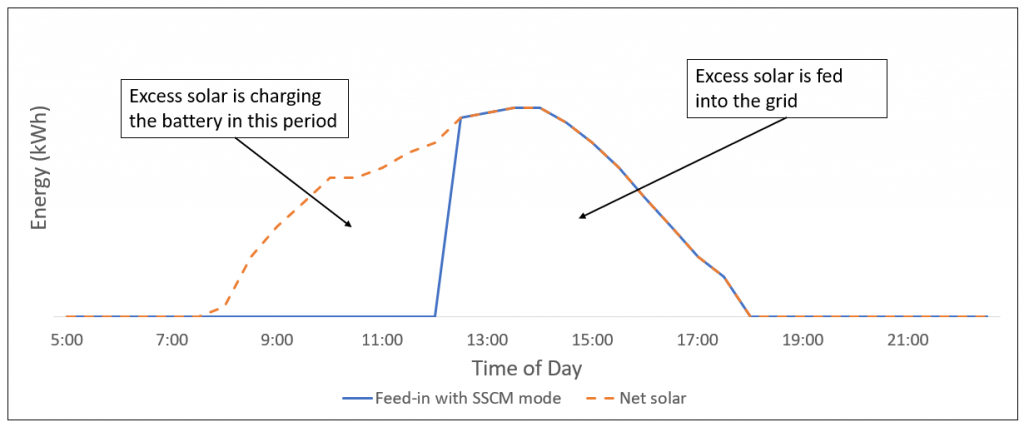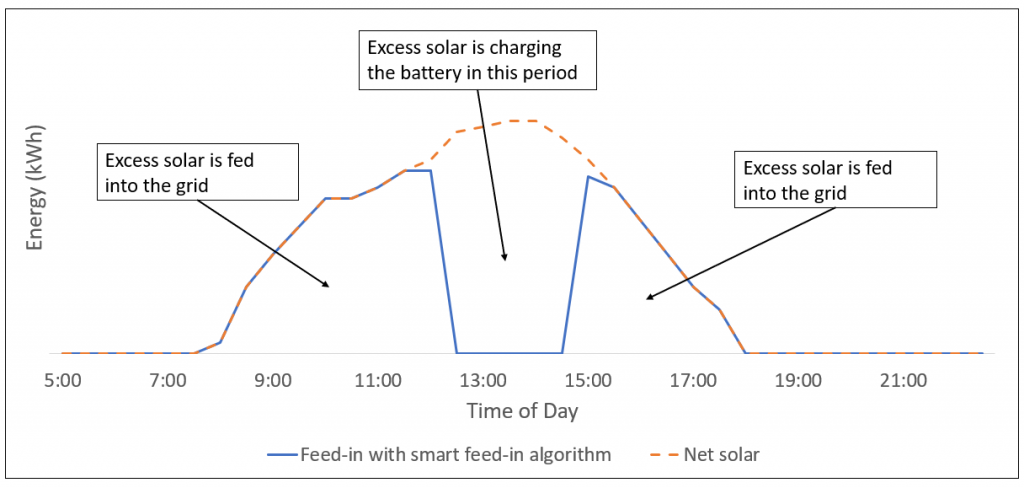
By Javad Jazaeri, Discover Energy VPP Solution Manager
Australia’s electricity grid is rapidly transforming toward a decentralised, two-way power system in which houses with solar photovoltaic (PV) generation and energy storage capabilities supply a significant portion of the electricity demand throughout the day. As an example, in South Australia more than one in three households have rooftop solar PV installed which can provide more than 1 gigawatt of energy to the grid.
While distributed solar PV present a zero-emission electricity source there are also new challenges emerging, such as rapidly declining “minimum operational (grid) demand”.
What is minimum operational demand?

Operational demand means demand supplied from the national power system (or grid). Minimum operational demand means the lowest level of demand from the grid in any given day, week or year. Minimum operational demand is extremely sensitive to ongoing uptake of solar PV, weather conditions, and local economic activity. Figure 1 shows the downward trend between 2017-2021.
What if minimum operational demand gets lower and lower?
As minimum operational demand keeps getting lower, new standards and system services are required to keep the power system secure and reliable. The challenges include (for details see AEMO):
- Voltage management
- Unintended disconnection of distributed solar
- Emergency frequency control schemes
- System restart
Networks and AEMO are looking for ways to limit the amount of solar export during the periods of minimum operational demand including Emergency Solar PV Shedding. This option prohibits the customers from exporting to the grid which reduces the customers revenue from feed-in tariff.
How can VPPs mitigate this issue?
At Discover Energy, we believe there is a better way to to mitigate minimum operational demand. Our VPP customers can mitigate the issue of minimum demand by using our state-of-the-art Smart Feed-In algorithm. The algorithm can defer charging of the battery to periods of time when there is too much PV feed-in electricity in the grid. Based on the forecasts for prices, load and solar productions, the VPP Smart Feed-In Algorithm may bypass battery charging and export the net solar electricity (the excess solar electricity not used by the household loads) to the grid in the morning and charge the battery later in the day instead. Smart feed-in algorithm maximises the value of VPP for our customers while ensuring the security and reliability of the grid. This is likely to be the future of VPP participation in NEM.
How does Discover Energy’s smart feed-in algorithm work?
The algorithm changes the way your battery charge from the solar panels by charging battery when the value of feed-in export is small and by-pass the battery when the value of feed-in export is higher. We are trialling this approach to ensure there is benefit to the grid, the network and the VPP customer.
The example below illustrates the impact of smart Feed-In on a battery*. When the system is operating on SSCM, in Figure 2, it only starts to export to the grid once the battery is fully charged, in this example from 12PM. However, at that time there is too much solar in the grid and therefore the wholesale price of feed-in is significantly lower that other times of the day.

The Smart Feed-in algorithm recognises the higher value of exporting the net solar to the grid earlier in the morning and postpones charging your battery from 12pm (see Figure 3). In this example, the total amount of solar being exported to the grid is the same, only the time of export is shifted to periods that will generate more benefits to your system.

We believe our smart feed-in algorithm benefit to the grid, the network and the VPP customer by optimising the battery operation. The Smart Feed-In trial will run for 3 months with selected VPP customers in South Australia to evaluate the algorithm and enhance its performance if needed.
For more information head to our website or email us on support_vpp@discoverenergy.com.au.
*Individual results may vary depending on load and generation profiles, system specifications and other factors.
References:
AEMO Energy Explained Minimum Operational Demand
SA Department of Energy and Mining: Regulatory Changes for Smarter Homes


